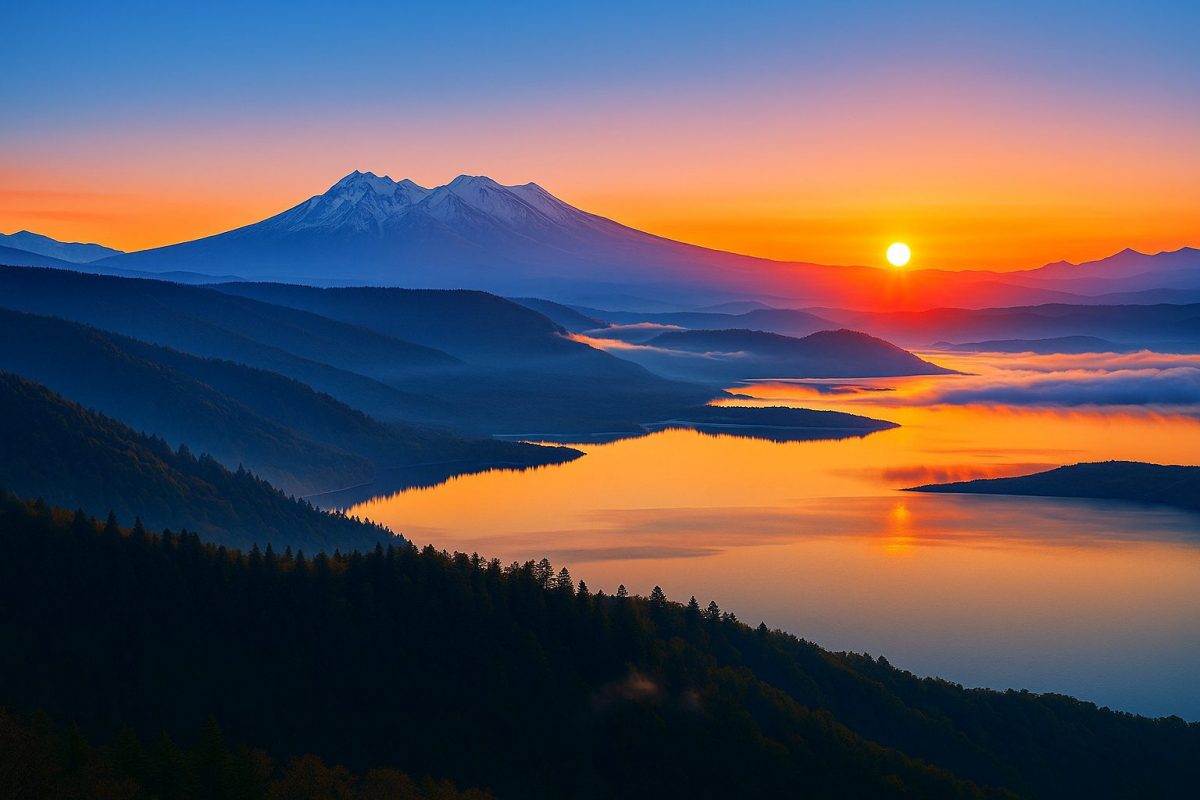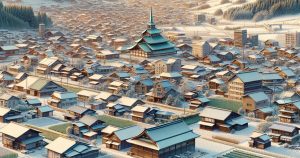| population | 16,989 peoples |
|---|---|
| area | 438.41 km² |
| population density | 38.8 peoples/km² |
Located in the eastern part of Hokkaido within the Okhotsk General Subprefectural Bureau, Bihoro Town is a charming community surrounded by vast nature and steeped in pioneering history. Part of Akan-Mashu National Park, the famous Bihoro Pass offers a breathtaking panoramic view of Lake Kussharo and the surrounding mountains—one of Hokkaido’s most iconic landscapes. Since its foundation during the Meiji era, agriculture has been the backbone of the town’s development. Today, Bihoro continues to thrive with the production of sugar beets, potatoes, wheat, onions, and beans. The town enjoys relatively long daylight hours and less snowfall compared to other inland areas, making it an attractive place to live for newcomers from outside Hokkaido. Although winters can be harsh with subzero temperatures, the people of Bihoro are known for their warmth, resilience, and close-knit community spirit. The compact town center offers convenient access to commercial and public facilities, while just a short drive away, unspoiled nature unfolds in every direction, showcasing the true essence of rural Hokkaido.
Culture & Traditions
Bihoro’s history dates back to 1887, when the first local government office was established. Since then, the town has played a vital role in Hokkaido’s agricultural expansion. Surrounded by fertile land and forests, Bihoro has developed an economy deeply connected to nature, particularly in farming and forestry. The town’s name is derived from the Ainu words “Piporo” (meaning “place with many stones”) or “Pe-horo” (meaning “place with abundant water”), reflecting the rich natural environment that defines the area. Daily conversations often include elements of the gentle Hokkaido dialect, giving local communication a warm and distinctive tone. Throughout the year, Bihoro hosts a variety of festivals such as the Bihoro Pass Festival, Bihoro Summer Festival, and Bihoro Winter Festival. These events celebrate local traditions, seasonal produce, and community spirit, bringing residents and visitors together. The friendly, hardworking nature of its people continues to embody the pioneering values that shaped Bihoro’s identity.
Local Specialties
- Bihoro Onsen – Toge no Yu Bihoro: Toge no Yu Bihoro is a popular day-use hot spring located along Route 243 near Bihoro Pass. Its mildly alkaline spring water is gentle on the skin, and visitors can enjoy spectacular views of Lake Kussharo from the open-air bath.
- Bihoro Beef: Locally raised “Bihoro beef” is tender, flavorful, and highly regarded for its quality. Every July, the Bihoro Wagyu Festival celebrates this regional delicacy with outdoor barbecue events that attract both locals and tourists.
- Potatoes and Sugar Beets: As one of Hokkaido’s major agricultural centers, Bihoro produces high-quality potatoes and sugar beets used for starch and sugar processing. Local farmers’ markets and the JA Bihoro Cooperative offer freshly harvested produce and homemade processed goods.
- Woodcrafts and Forestry Products: With its abundant forest resources, Bihoro is home to sustainable forestry certified by the FSC (Forest Stewardship Council). Locally crafted wooden furniture and home goods are prized for their quality and design.
- Bihoro Azaleas: The town’s symbolic flower, the azalea, paints the parks and hillsides in vivid colors every May and June—especially at Kashiwagaoka Park.
Annual Events
- Bihoro Winter Festival (February): Held at Kashiwagaoka Park, this festival features snow sculptures, ice slides, and local food stalls, creating a lively atmosphere despite the cold winter air.
- Bihoro Pass Festival (May): Taking place at the Bihoro Pass Observation Deck, this event celebrates the opening of the mountain route for the season, with stage performances and local gourmet booths against a stunning natural backdrop.
- Bihoro Wagyu Festival (July): A summer barbecue celebration highlighting locally raised wagyu beef. Visitors can enjoy freshly grilled meat, music performances, and interaction with local farmers.
- Bihoro Summer Festival (August): The largest annual event held in the town center. Festivities include Bon Odori dancing, food stalls, and a grand fireworks display lighting up the summer night sky.
- Bihoro Furusato Festival (September): A harvest celebration showcasing local cuisine, crafts, and stage performances that reflect the town’s deep agricultural roots.
Access
- By Air: The nearest airport is Memanbetsu Airport in neighboring Ozora Town—about a 15-minute drive from central Bihoro. Direct flights from Tokyo (Haneda) take approximately 1 hour and 50 minutes.
- By Train: Take the JR Hokkaido Sekihoku Line to Bihoro Station. The ride takes about 25 minutes from Kitami and 35 minutes from Abashiri.
- By Bus: Local routes operated by Akan Bus and Kitami Bus connect Bihoro with nearby towns, including Memanbetsu Airport, Kitami, and Tsubetsu. The Bihoro Bus Terminal serves as the central hub.
- By Car: From Memanbetsu Airport, it’s about 15 minutes via National Routes 39 and 243. The “Gurutto Panorama Bihoro Pass” Roadside Station is a scenic 30-minute drive away.
- From Major Cities: Approximately 320 km (5 hours) from Sapporo and 200 km (3.5 hours) from Asahikawa. In winter, drivers should prepare for snow and icy road conditions.
Tourist Attractions
- Bihoro Pass – One of Hokkaido’s most spectacular viewpoints, offering panoramic views of Lake Kussharo and the surrounding mountains. The morning fog creates an otherworldly “sea of clouds” view.
- Toge no Yu Bihoro Onsen – A scenic hot spring facility near the pass, perfect for relaxing after exploring the outdoors.
- Bihoro Museum – Showcasing the town’s natural history, local culture, and traditional artifacts. It’s a great place to learn about the evolution of life in northern Hokkaido.
- Kashiwagaoka Park – A beloved recreational park filled with greenery, walking trails, and seasonal flowers. It’s also one of the town’s main event venues.
- Koume Dam – Surrounded by forests and calm waters, this dam is a hidden gem especially beautiful during the autumn foliage season.








